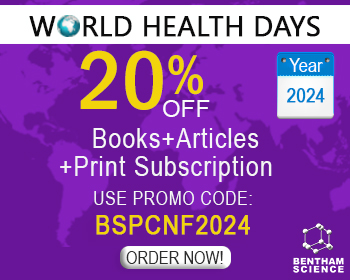Abstract
Medicinal plants and mushrooms have always fascinated the world as an attractive source of natural compounds for cancer therapy. From ancient times, they have been valued as gourmet food and folk medicine in Oriental practice. For over 40 years, the world has witnessed the overwhelming interest of the western scientific fraternity in the pharmaceutical potential of natural products in combating cancer. The plants and mushrooms credited with success against angiogenesis and cancer metastasis belong to certain Plants, including Catharanthus roseus, Aloe Vera,Annona muricata,Curcuma longa, Withania somnifera, and Berberis and mushrooms such as Agaricus, Antrodia, Ganoderma, Grifolafrondosa, Hericiumerinaceus, Phellinuslinteus, and Trametesversicolor Coriolusversicolor. The anti-cancer compounds play a pivotal role as a free radical scavenger and reactive oxygen species inducer, mitotic spindle kinase inhibitor, anti-mitotic, angiogenesis inhibitor, topoisomerase inhibitor, apoptosis inducers, and eventually checking cancer invasion, migration and proliferation. The present review updates and focuses on the recent findings of the pharmacologically potential bioactive compounds, their anti-tumor potential, and underlying mechanism of preventing cancer metastasis and angiogenesis in order to raise knowledge for further investigations to develop cancer therapeutics with no adverse side effects The mounting experimental evidence at pre-clinical and clinical levels from various research groups across the globe, regarding prevention of cancer metastasis by natural products unarguably make it a fast-track research area worth mass attention.
Keywords: Angiogenesis, apoptosis, cancer, inflammatory cytokines, metastasis, reactive oxygen species.



























